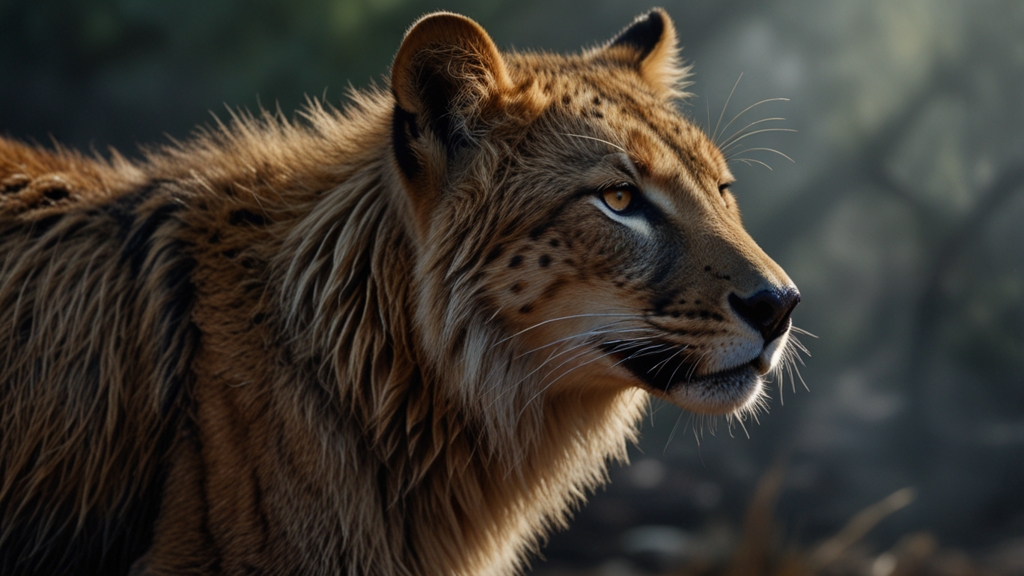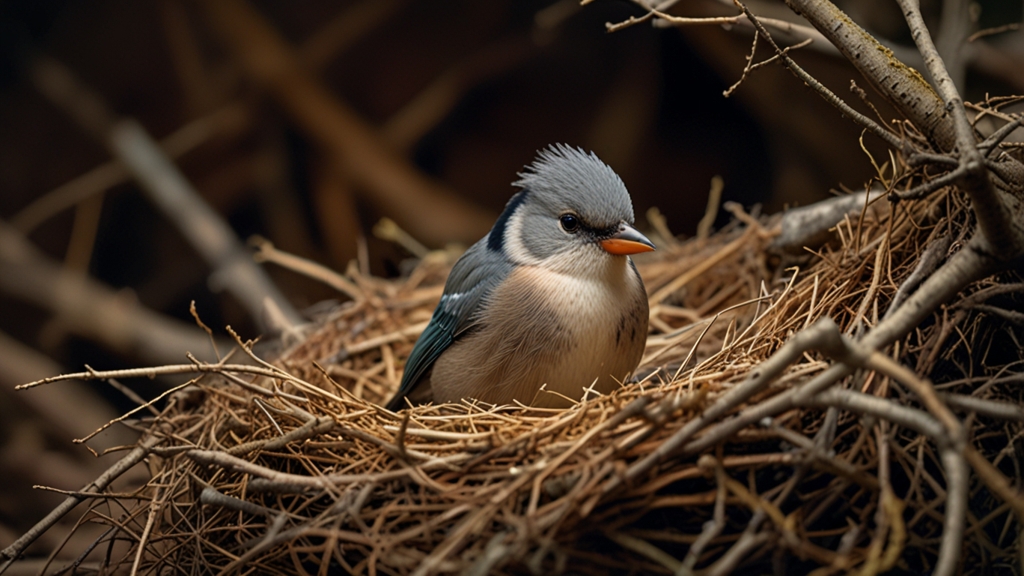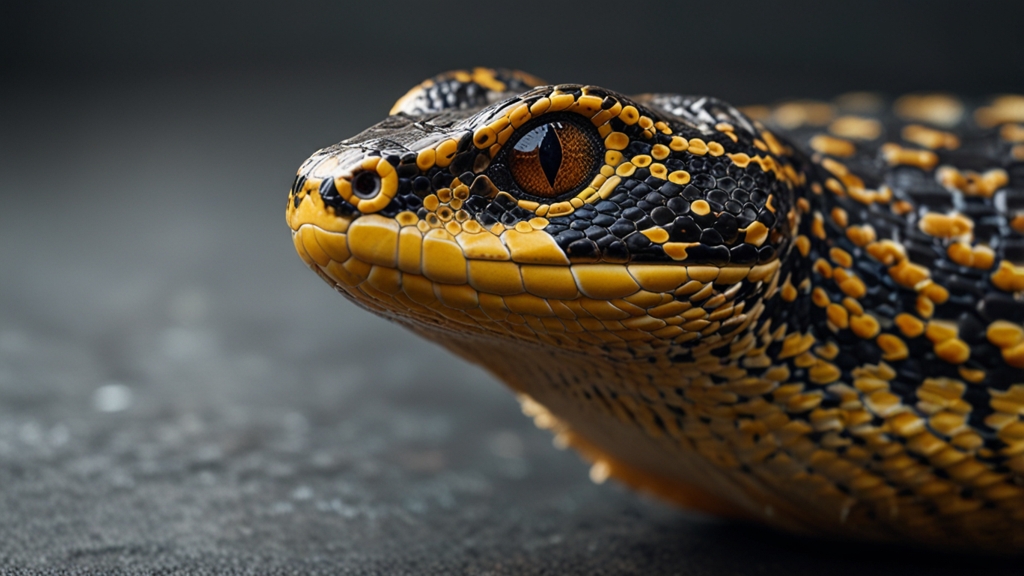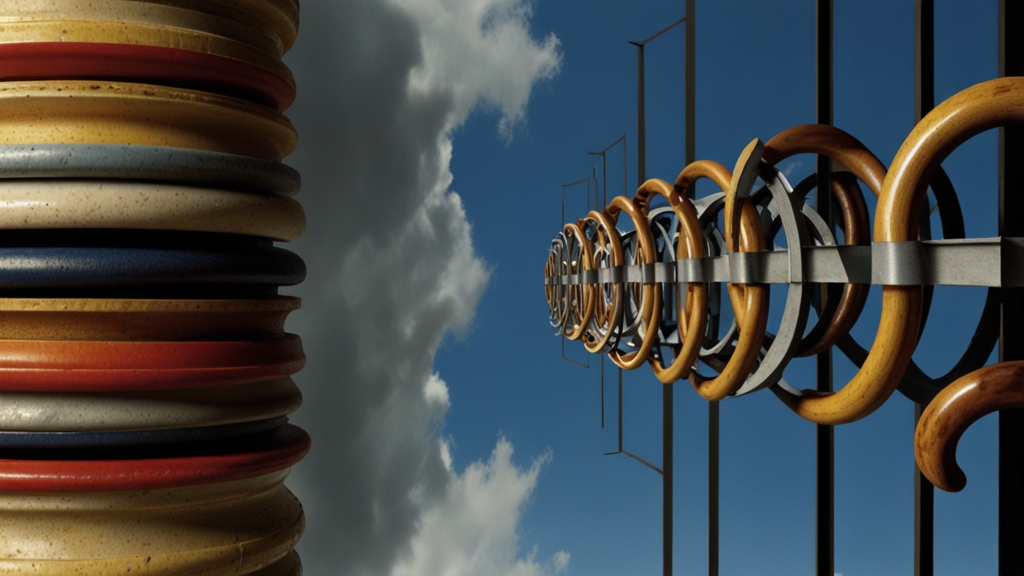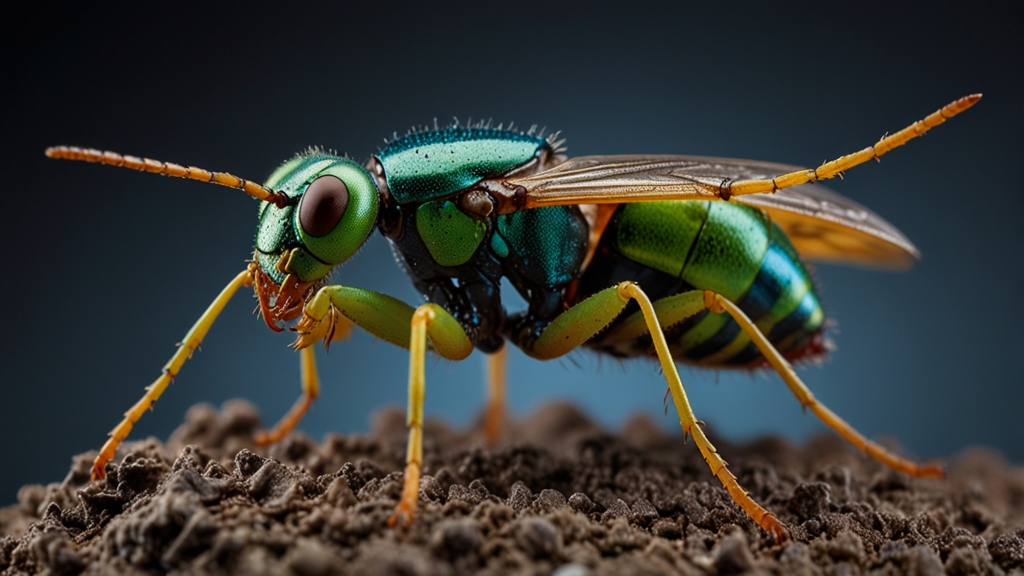In the Line of Fire: Animals Threatened by Climate Change
Climate change has emerged as one of the most formidable threats not just to human societies but also to the myriad of animal species inhabiting our planet. Rising temperatures, shifts in precipitation patterns, and more frequent and severe extreme weather events are transforming habitats at an unprecedented pace. This article delves into the plight of animals that are increasingly becoming victims in the line of fire of climate change.
The Polar Bears of the Arctic
The polar bear has become the iconic symbol of climate change-induced distress. Dependent on sea ice to hunt for seals, polar bears are finding it increasingly difficult to survive as the ice melts earlier in the spring and re-freezes later in the autumn. This reduction in hunting time affects their ability to build fat reserves necessary for survival during lean seasons.
"The plight of polar bears encapsulates the broader climate crisis. An apex predator, their struggle is a harbinger of the cascading effects on the entire Arctic ecosystem." - Dr. Jane Goodall
Coral Reefs: Underwater Paradises in Peril
Coral reefs, often referred to as the rainforests of the sea, are experiencing devastating impacts due to rising sea temperatures and ocean acidification. Coral bleaching, a phenomenon where corals expel the symbiotic algae living in their tissues, turning them white and often leading to death, is becoming more frequent and severe. The loss of coral reefs affects thousands of marine species that rely on them for shelter and food.
"Without urgent action to reduce carbon emissions, we could lose up to 90% of coral reefs worldwide by 2050." - Intergovernmental Panel on Climate Change (IPCC)
Mountain Gorillas in Warming Climates
The mountain gorilla, restricted to the high-altitude forests of central Africa, faces threats from both climate change and human activities. As temperatures rise, their montane habitats may shrink, forcing gorillas into higher elevations where suitable habitat becomes more fragmented and scarce. Additionally, changing weather patterns can influence the growth and availability of the vegetation they rely on for food.
"Our efforts to protect mountain gorillas must now also consider the looming threat of climate change, which complicates conservation strategies." - Dian Fossey Gorilla Fund
Birds on the Move
Many bird species embark on long migratory journeys that have been honed over millennia. Climate change disrupts these migratory patterns by altering the timing of seasons and the availability of food sources along their routes. Birds may arrive at breeding grounds either too early or too late, leading to lower reproductive success.
The red knot, a shorebird that migrates from the Arctic to South America, is particularly vulnerable. The timing of its migration is intricately linked to the abundance of horseshoe crab eggs, a primary food source during its stopover in Delaware Bay. As climate change affects the lifecycle of horseshoe crabs, the survival of red knots hangs in the balance.
A Call to Action
The increasing threat of climate change to animal species around the world underscores the urgent need for comprehensive and coordinated efforts to mitigate its impacts. Reducing greenhouse gas emissions, protecting and restoring natural habitats, and supporting conservation initiatives are critical steps toward safeguarding the planet's biodiversity.
Each species lost is not just a tragedy in and of itself but also a stark reminder of our interconnectedness with the natural world. As climate change continues to reshape our environment, the survival of countless animal species will hinge on the actions taken by individuals, communities, and nations worldwide.
